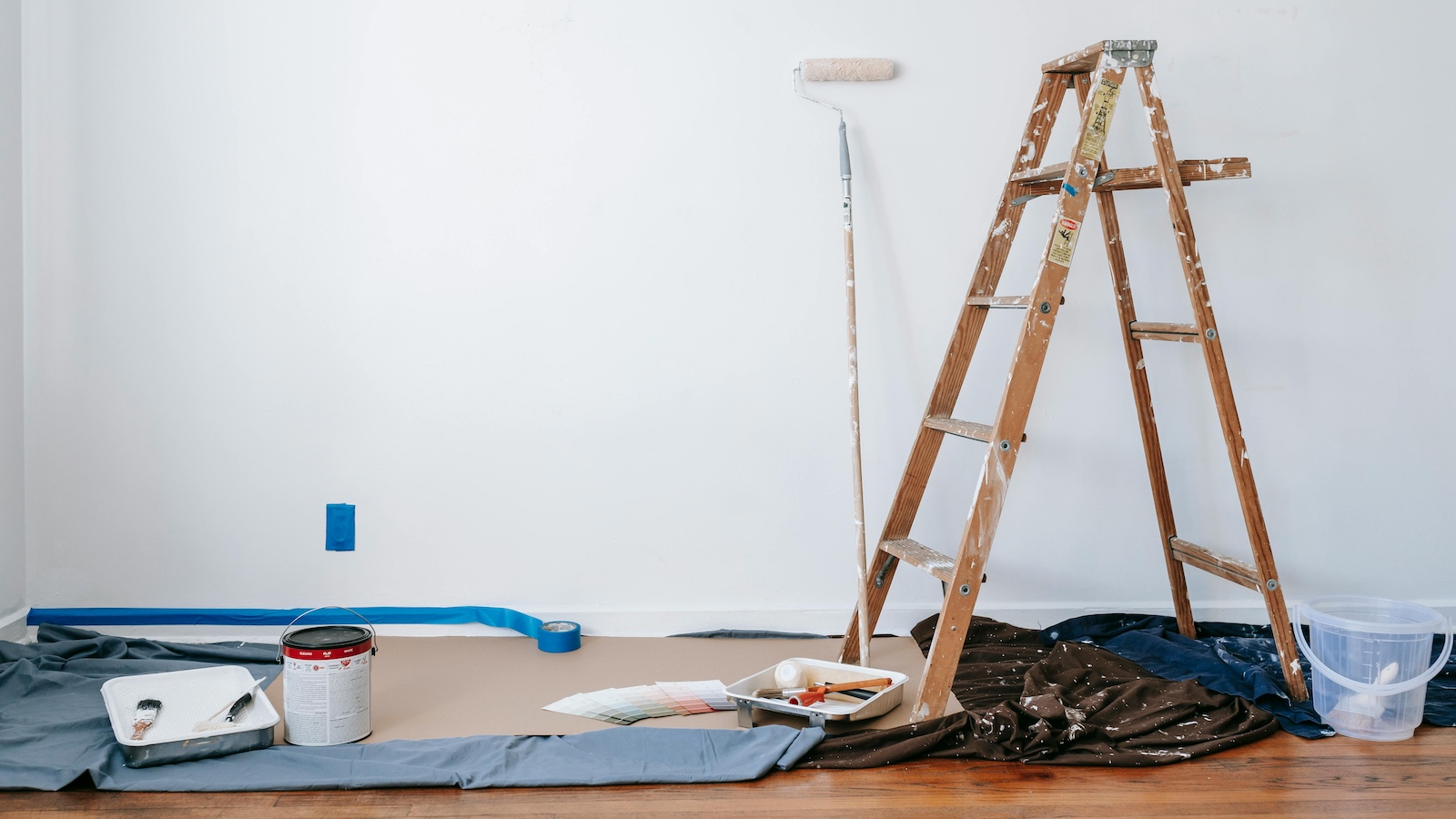Renovation remains a defining trend in the U.S. housing market. In fact, nearly half of homeowners (48%) plan to renovate in 2025. Median budgets are climbing to around $24,000, while high-end projects often top $150,000. For high-net-worth homeowners, those numbers multiply — expansions, specialty rooms and luxury finishes are increasingly common.
Yet amid design plans and contractor negotiations, insurance is often overlooked. Homeowners should always notify their insurer before any renovation project begins. Failing to do so can result in higher deductibles, denied claims or policies that no longer fit the new risk profile. For affluent households, the stakes are especially high: The wrong coverage approach could mean hundreds of thousands in uncovered loss.
1. Unreported Exposure
Risk: Projects that cost more than 10% of a home's insured value, extend beyond a year or require moving out temporarily alter the home's risk. If insurers aren't informed, claims could be contested.
Best Practice: Notify your broker early. A simple litmus test: If you're moving out, disabling security systems or investing more than 10% of insured value, call your advisor. This allows for adjustments before the risk materializes.
2. Policy Reclassification and Deductible Shifts
Risk: Large-scale renovations can require a shift from a standard homeowner's policy to a builder's risk or course of construction policy. If overlooked, deductible surprises can surface. Some carriers apply a construction-related deductible many times larger than a typical homeowner's deductible.
Best Practice: Confirm with the insurer whether builder's risk coverage is required. These policies are designed for homes "in transition." Establishing them early prevents costly disputes if a fire, water loss or theft occurs mid-project.
3. Contractor and Subcontractor Liability
Risk: Renovations introduce third-party exposures. Hiring a contractor with inadequate general liability (GL) or workers' compensation (WC) coverage creates liability exposure. If a subcontractor is injured or damages property without proper insurance, a carrier may be left without recourse.
Best Practice: Require certificates of insurance from all contractors and subcontractors. For high-value properties, ensure GL limits are consistent with the replacement value of the home. Carriers frequently request this documentation and can help validate that coverage is adequate.
4. Underinsurance During and After Renovation
Risk: Renovations increase replacement costs. Without a coverage adjustment, reimbursement may only be for the pre-renovation value. Replacement costs surged more than 55% between 2020 and 2022, driven by inflation and supply chain challenges. If the homeowner's coverage hasn't kept pace, a catastrophic loss could leave the homeowner significantly underinsured.
Best Practice: Request periodic revaluation during and after construction. Policies with extended replacement-cost features or inflation guards can help, but they aren't substitutes for accurate dwelling limits. Insuring your home to value is critical after a renovation project.
5. Vacancy, Theft, and Fire Hazards
Risk: Many renovations involve temporary vacancy or disabled security systems, which dramatically change exposure. Standard homeowner's insurance often excludes theft or vandalism after 30 or 60 days of vacancy. Fire hazards from activities like sanding floors or rewiring electrical systems elevate risk.
Best Practice: Inform the carrier if living elsewhere during a project. Confirm that belongings in storage remain covered and that valuables such as artworks, if moved off premises, are stored in approved environments. Ask whether endorsements for theft of building materials, or a course of construction policy should be added while work is underway.
Closing Perspective
The numbers are clear: 98% of homeowner's insurance claims involve property damage, with average claim severity approaching $24,000 in higher-risk areas. For wealthy homeowners undertaking renovations, those costs can climb into six figures, so you need to make sure the proper coverages are in place prior to starting your project.
Renovation is a fundamental change to a home's risk profile. Treat it accordingly. By contacting the broker early, validating contractor coverage, adjusting limits during construction, and re-evaluating after completion, the insured is protecting both their property and their investment.






